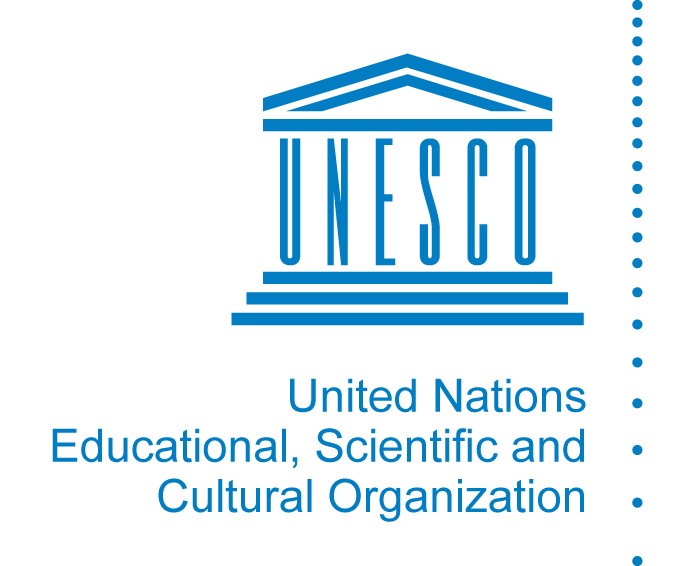Media are part of a broader political, social, economic and cultural environment. Media operates as a reflection of this context at the same time that they contribute to shaping this context. As the environment changes, new considerations arise as to how the media operates and how society interacts with media.
For the purposes of this publication, the enabling environment shall refer to external factors which have direct or indirect influence on media structures, practices and content. An enabling environment is key to ensure a gender sensitive media content which can significantly contribute to the prevention of violence against women and girls and social awareness around it. Strengthening the enabling environment entails multi-layered interventions which can include:
- Recalling states’ obligations to international commitments with regards to gender equality and women’s empowerment, including as it relates to media, to ensure their translation into concrete laws and strategies.
- Advocating for regulatory frameworks (including self-regulation) to increase the participation and access of women to expression and decision-making in and through media; to increase more equitable and safer access to new technologies of communication; and to promote a balanced and non-stereotyped portrayal of women throughout media.
- Ensuring a high level of media literacy among the population at large, with special attention to young people in order to foster critical thinking and analysis of media that is consumed, especially as it relates to content that is discriminatory, violent and harmful.
